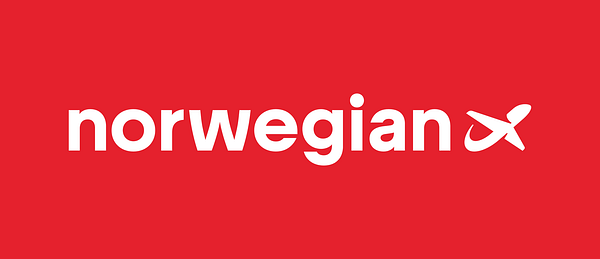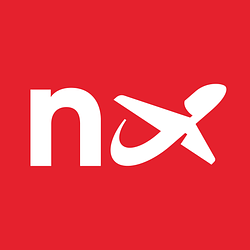Press release -
Norwegian cuts costs, boosts competitiveness
Oslo/Fornebu, July 13 2010:
Norwegian cuts costs, boosts competitiveness
Norwegian carried 3.2 million passengers in the second quarter – a 15 percent growth compared to the same period last year. The airline’s total revenue came in just above 2 billion NOK, a 7 percent increase. The net result after taxes of -134 million NOK was strongly influenced by the Authorities’ closing of the European airspace this spring. Norwegian continues to keep its focus on cutting costs and increasing its competitive position.
“As expected, our Q2 results are strongly affected by the closing of European airspace. By irregularly opening and closing the airspace, the Authorities contributed to an uncertainty among our passengers that has resulted in decreased demand. In addition, a third party strike in Norway affected our overall traffic. Norwegian had an actual loss of 100 million NOK as a result of stalled sales,” said Chief Executive Officer of Norwegian, Bjørn Kjos.
“However, there are several positive factors to emphasize this quarter. We are particularly pleased with our ability to cut costs and continue our competitive position. Our cash holding is 760 mill NOK higher than just a year ago, a favorable position in the current environment and when investing in new aircraft,” Kjos said.
New aircraft, better efficiency
Norwegian has decided to replace its fleet of older Boeing 737-300s with brand new Boeing 737-800 aircraft much earlier than planned. In 2011 and 2012 the airline will receive an additional three leased 737-800s in addition to the pending order.
The unit cost is down considerably compared to 2009, and is in Q2 at 0.34 NOK, exclusive of fuel cost. The Authorities’ closing of European Airspace affected the unit costs negatively by approximately 0.02 NOK, making the underlying cost only 0.32 NOK, down as much as 15 per cent from last year.
By continually introducing newer and larger planes, Norwegian is able to run a more cost-efficient business operation and thereby additionally reduce unit costs. By 2014, Norwegian’s fleet will be among Europe’s most modern and environmentally friendly.
”New planes make travel more comfortable to our passengers. Simultaneously we will be able to run an even more cost-efficient operation than today. This is a fleet of the future,” said Kjos.
Key figures second quarter 2010 (2009)
Passengers: 3.2mn NOK (2.8mn)
Revenue: 2.032mn NOK (1.901mn)
Load factor: 75 per cent (78 per cent)
EBITDAR: 144mn NOK (418mn NOK)
EBITDA: - 49mn NOK (258mn NOK)
EBIT: - 93mn NOK (223mn NOK)
EBT: -188mn NOK (245mn NOK)
Net result: -134mn NOK (180 mill NOK)
Please see attached pdf for detailed figures.
Contacts:
CFO Frode Foss; phone: + 91 63 16 45
SVP Corporate Communications Anne-Sissel Skånvik; phone: +47 97 55 43 44
Topics
Norwegian Air Shuttle ASA, commercially branded “Norwegian,” is a public low-cost airline noted on the Oslo Stock Exchange. The company is the second largest airline in Scandinavia, and has a route portfolio that stretches across Europe into North Africa and the Middle East. With competitive prices and customer friendly solutions and service, the company has experienced significant growth over the previous years. With more than 10.7 million passengers in 2009, Norwegian is the 4th largest low-cost airline in Europe. The turnover in 2009 was in excess of NOK 7.3 billion. Norwegian currently operates 52 aircraft on 230 routes to 91 destinations and employes approximately 2 000 people.


